Faraday Future just unveiled their first production vehicle, named the FF 91, at the 2017 Consumer Electronic Show in Las Vegas. The electric vehicle that’s been dubbed “Tesla-Killer” finally had the chance to show off its capabilities during its presentation. A presentation which felt a lot more like a Silicon Valley style unveiling, rather than one you’d find at Detroit.
The FF 91 (pronounced “nine-one”) certainly has the specs to be dubbed “Tesla-Killer”. Equipped with a 130 kilowatt-hour battery capacity, the electric motors is capable of producing 1,050 bhp, giving it a 2.39 second 0-60 time. Besides the power advantage Faraday Future claims that the FF 91 births the concept of a “Connected Ecosystem EV”, meaning a car that not only drives you, but can also park itself (Thanks to its 3D lidar system), opens its own doors, and knows all of your preferences.
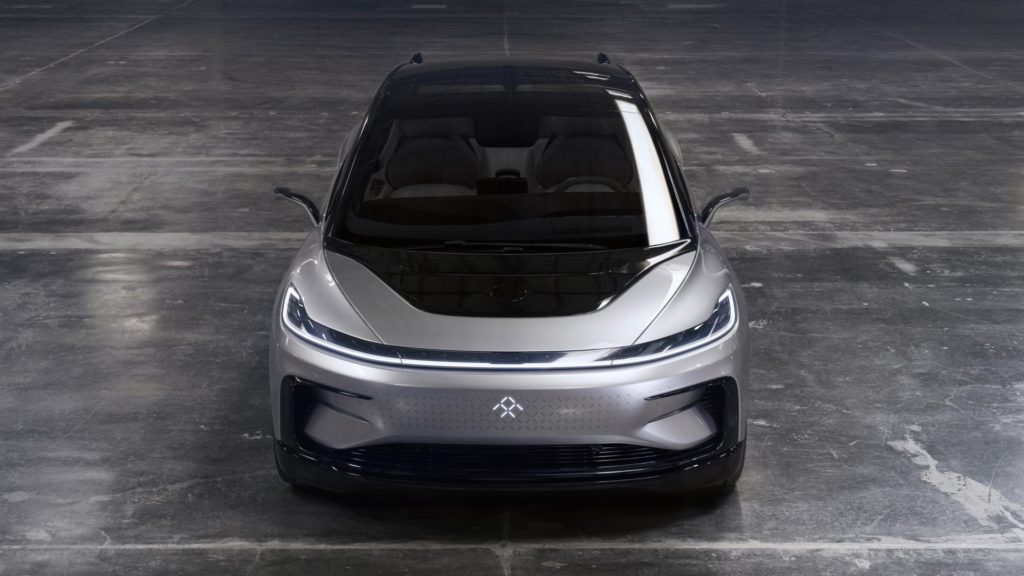
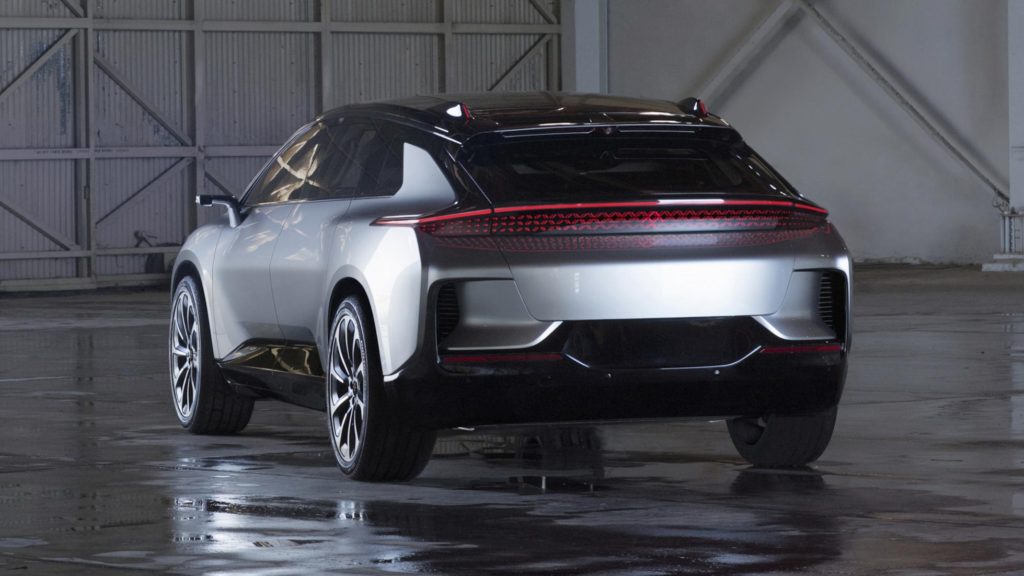
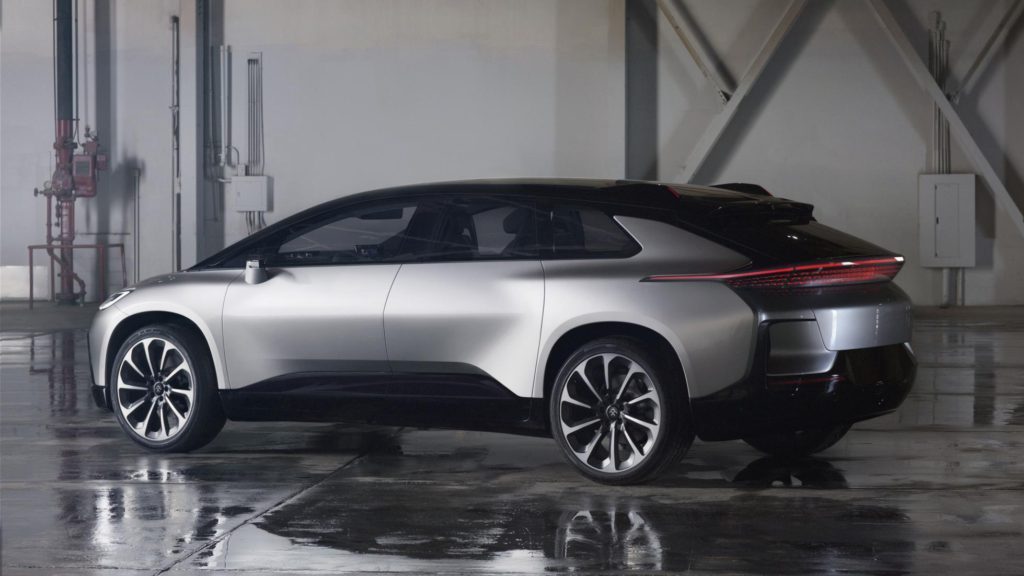
The presentation also contained a series of live car demonstrations. Its “Driverless Valet” feature proved it can seek out its own parking spot autonomously, albeit very slowly. Tesla has proved in the past it can completely drive and park itself without the aid of any driver input. Faraday Future then showcased other notable fast cars like the Bentley Bentayga, the Ferrari 488, and both Tesla Model S and Model X, and showed that the FF 91 was faster than all of them. But perhaps the most cringe-worthy portion of the Harp-music filled announcement was when Faraday Future’s partner, LeEco’s Jia Yueting, tried to let the car pull forward and park itself. The FF 91 failed to move, feeling much like an automotive BSOD. Truly embarrassing.
Jump to 5:12 in the video to see the brutal fail:
Despite the awkward press conference the FF 91, if it can be ultimately produced, should give Tesla some concern. A 435 mile range, 130 kilowatt-hour battery, 1050 bhp, torque-vectoring AWD, four-wheel steering, and doors that can open itself, are features that read like a next generation Tesla. But is it a world changing technology that Faraday Future has boldly claimed? Not quite, it’s still just a car.
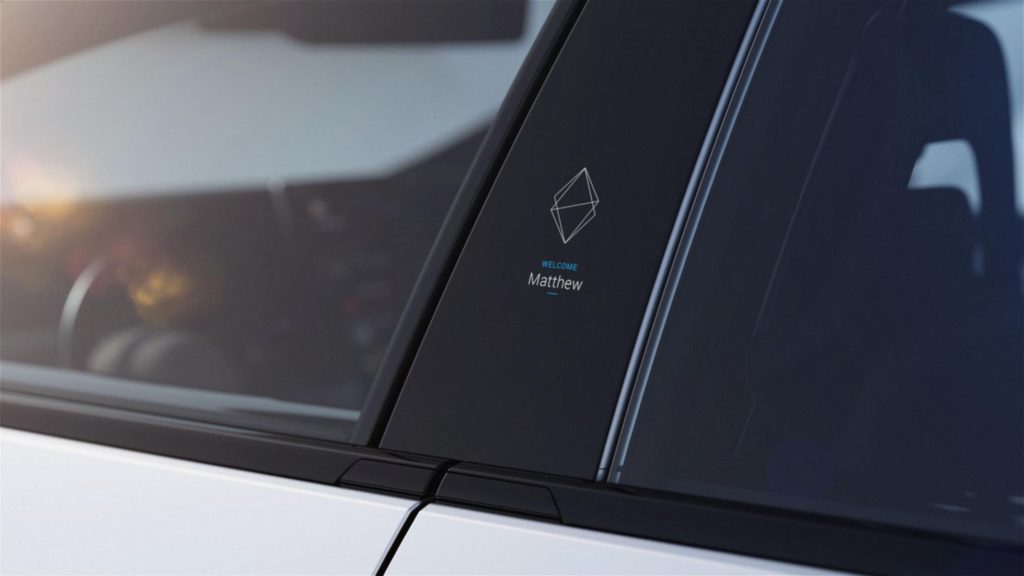
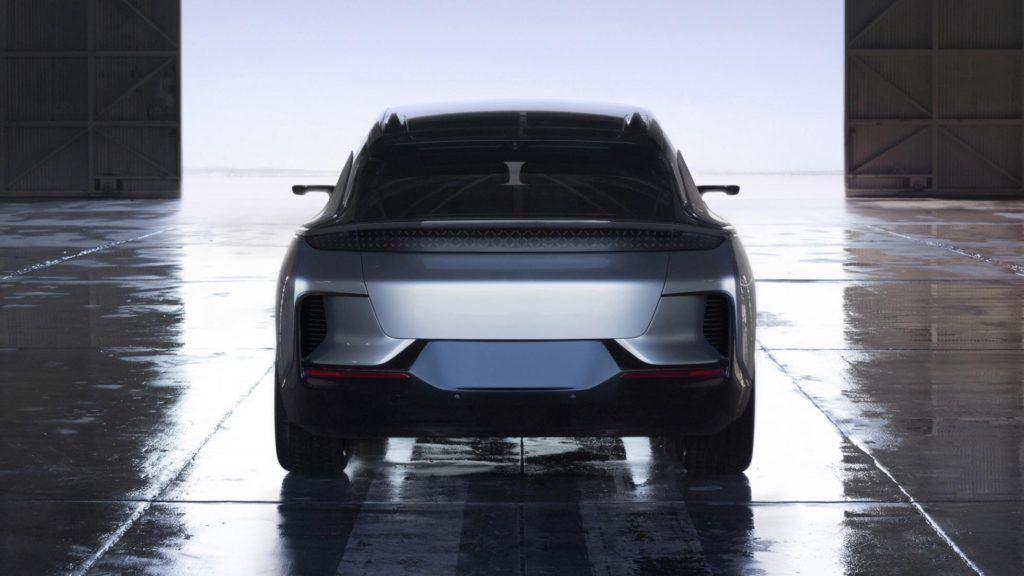
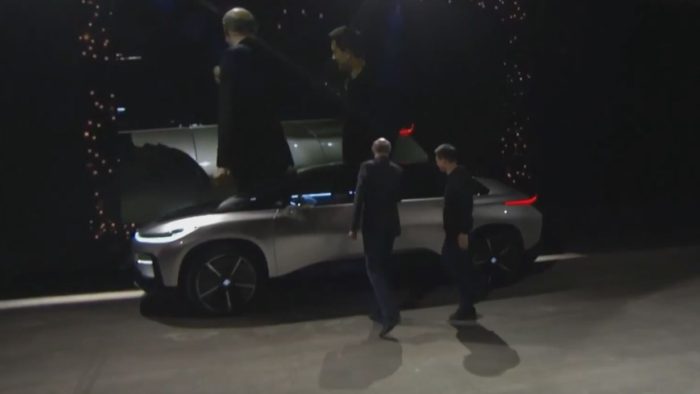

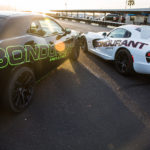

Leave a reply